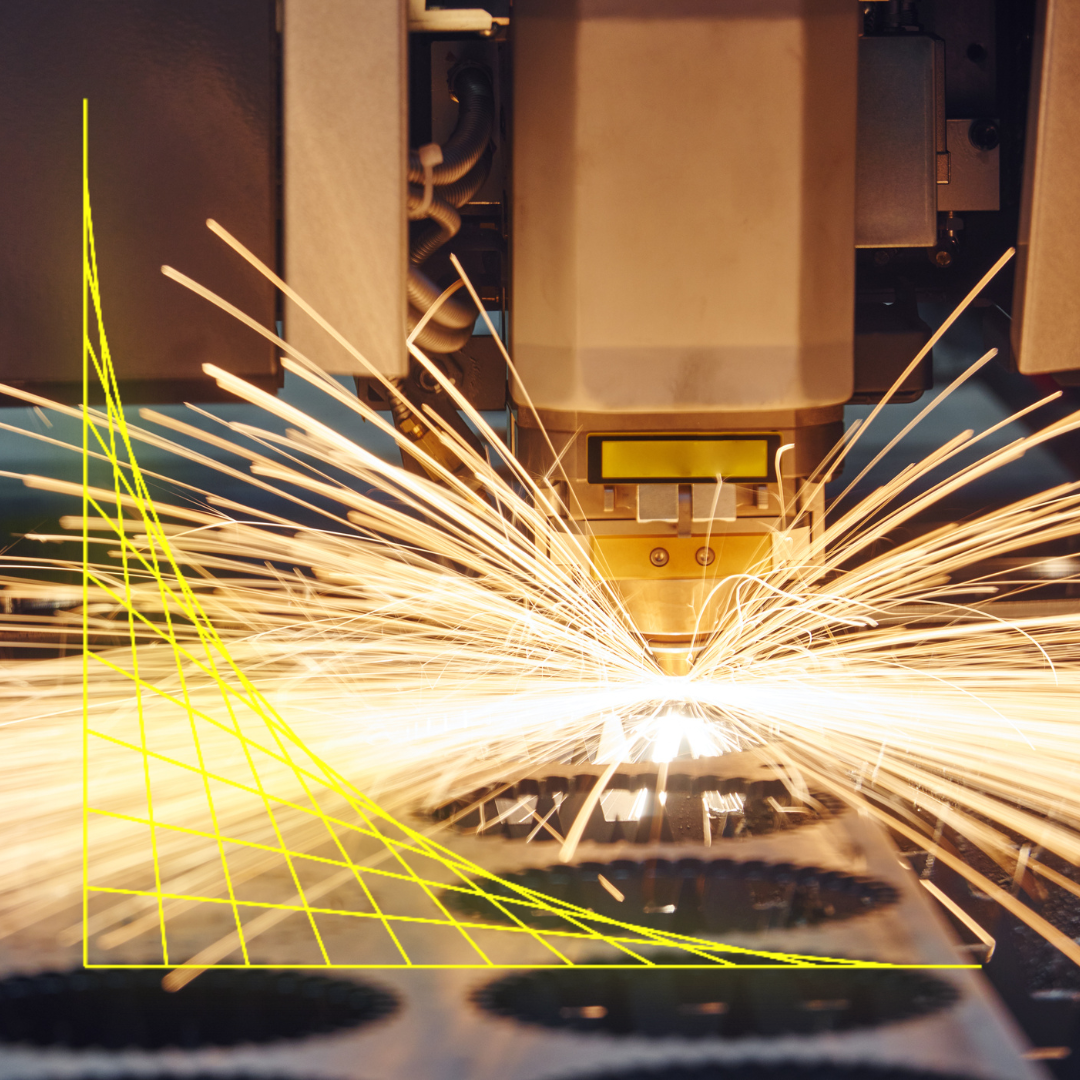New to laser engraving? First time you've heard of it?
You will find bellow a few questions and answers that may help you get started on your learning journey! If you are more advanced on the topic and/or would like to discuss questions, concerns or simply give your opinion, you are welcome to leave a comment bellow!
-
What is laser engraving?
Answer: Laser engraving is a precise method of etching or marking various materials using a laser beam. The laser vaporizes or removes the surface layer of the material, creating permanent marks or designs with exceptional detail and accuracy.
-
What materials can be laser engraved?
Answer: Laser engraving can be performed on a wide range of materials, including wood, acrylic, leather, glass, metal, plastic, paper, and more. The suitability of a material for laser engraving depends on its composition and the type of laser used.
-
How does laser engraving differ from traditional engraving methods?
Answer: Laser engraving offers distinct advantages over traditional engraving methods. It provides greater precision, versatility, and the ability to engrave intricate designs and fine details. Laser engraving is also non-contact, eliminating the risk of damage to the material.
-
Can photographs or complex images be laser engraved?
Answer: Yes, laser engraving can reproduce photographs and complex images with impressive detail. The laser can engrave grayscale images by varying the intensity of the laser beam. However, it's essential to choose the appropriate material and ensure a high-resolution image for the best results.
-
What file formats are compatible with laser engraving?
Answer: Laser engraving machines generally support vector file formats like SVG, AI, and DXF, which contain scalable and editable paths. Additionally, some machines can also engrave raster images from formats such as JPG, PNG, or BMP.
-
Is laser engraving a permanent marking method?
Answer: Yes, laser engraving creates permanent marks on the surface of the material. The engraved design or text is typically resistant to fading, rubbing, or wear, making it a durable and long-lasting marking solution.
-
Can laser engraving be used for industrial applications?
Answer: Absolutely! Laser engraving finds extensive use in various industrial applications, including product branding, part identification, serial numbering, barcoding, and personalized marking on industrial components, tools, and equipment.
-
Does laser engraving emit harmful fumes or substances?
Answer: The level of fumes produced during laser engraving depends on the material being engraved. Some materials, such as plastics or certain metals, may emit fumes that can be harmful. It is important to operate the laser engraving machine in a well-ventilated area or employ an exhaust system to ensure safety.
-
What maintenance is required for a laser engraving machine?
Answer: Regular maintenance includes cleaning the laser lens, checking and cleaning the exhaust system, and ensuring proper alignment of the laser beam. It is crucial to follow the manufacturer's guidelines for maintenance and conduct routine inspections to ensure optimal performance.
-
Can laser engraving machines engrave cylindrical or curved surfaces?
Answer: Yes, laser engraving machines equipped with rotary attachments can engrave cylindrical or curved surfaces. The rotary attachment allows the material to rotate while the laser beam remains focused, enabling precise engraving on objects such as bottles, glasses, or pens.
Remember, while these answers provide general information about laser engraving, it is advisable to consult the specific instructions and guidelines provided by the manufacturer of your laser engraving machine for detailed and accurate information.

